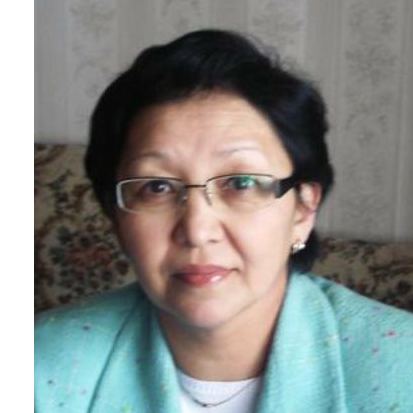STUDY OF ALGORITHM SYNTHETIC INERTIA FUNCTIONING IN ELECTRIC NETWORKS OF DIFFERENT DENSITY
DOI:
https://doi.org/10.31489/2022No2/75-85Keywords:
phase locked loop, synthetic inertia, photovoltaic plant, renewable energy sources, electric power systemAbstract
The ability to use the algorithm synthetic inertia (SI) is one of the most important properties of renewable energy sources (RES) generating units connected to the network via a power converter (GUPC). Through the use of SI algorithm there is an opportunity to increase the inertia and damping properties of such plants. The effectiveness of the SI algorithm depends on the mains frequency input value, which is formed by the phase locked loop (PLL), which is an integral part of the power converter control system. However, the operation of the PLL can lead to oscillations with different frequencies when the GUPC is installed in weak electrical networks and, accordingly, adversely affect the performance of the SI algorithm. The studies have shown that the PLL in the photovoltaic plant (PV) control system allows to influence the performance of the SI algorithm, but the nature of this influence depends on the electric network density and can be positive or negative. The influence obtained on the test EPS is also confirmed for the power system of large-scale.
References
Wu J. Z., Yan J. Y., Jia H. J., Hatziargyriou N., Djilali N., Sun H. B. Integrated energy systems. Applied Energy, 2016, Vol. 167, pp. 155– 157. doi:10.1016/j.apenergy.2016.02.075
Renewable Energy Market Update 2021. Available at: https://www.iea.org/reports/renewable-energy-market-update-2021
OECD. World electricity generation by source of energy: Terawatt hours (TWh). Paris: OECD Publishing; 2016. // Available: https://doi.org/10.1787/factbook-2015-en
Sinsel, S. R., Riemke, R. L., Hoffmann, V. H. Challenges and solution technologies for the integration of variable renewable energy sources—a review. Renewable Energy, 2020, Vol. 145, pp. 2271 - 2285. https://doi.org/10. 1016/j.renene.2019.06.147
National Grid, Voltage and Frequency Dependency. National Grid, 2018. Available: https://www.national grid.com/sites/default/files/documents/SOFReport-Fr%ment.pdf
Huang S., Schmall J., Conto J., Adams J., Zhang Y., Carter C. “Voltage control challenges on weak grids with high penetration of wind generation: ERCOT experience.” IEEE Power and Energy Society General Meeting, 2012, pp. 1-7. doi: 10.1109/PESGM.2012.6344713
Liu H., et al. Subsynchronous Interaction between Direct-Drive PMSG Based Wind Farms and Weak AC Networks. IEEE Transactions on Power Systems, 2017, Vol. 32, No. 6, pp. 4708-4720.
Cheng Y., Azizipanah-Abarghooee R., Azizi S., Ding L., Terzija V. Smart frequency control in low inertia energy systems based on frequency response techniques: A review. Applied Energy, 2020, vol. 279, 115798. https://doi.org/10.1016/j.apenergy.2020.115798.
JWG C2/C4.41: Impact of High Penetration of Inverter-based Generation on System Inertia of Networks. Available at: https://e-cigre.org/publication/wbn022-impact-of-high-penetration-of-inverter-based-generation-on-system
Johnson S.C, Rhodes J.D, Webber M.E. Understanding the impact of nonsynchronous wind and solar generation on grid stability and identifying mitigation pathways. Applied Energy, 2020, Vol. 262, pp. 114492.
Seneviratne, Chinthaka, Ozansoy C. Frequency response due to a large generator loss with the increasing penetration of wind/PV generation – A literature review. Renewable and Sustainable Energy Reviews, 2016, Vol. 57, pp. 659-668. DOI: 10.1016/j.rser.2015.12.051.
Razzhivin I., Askarov A., Rudnik V., Suvorov A. A Hybrid Simulation of Converter-Interfaced Generation as the Part of a Large-Scale Power System Model. International Journal of Engineering and Technology Innovation, 2021, Vol. 11, No. 4, pp. 278–293.















